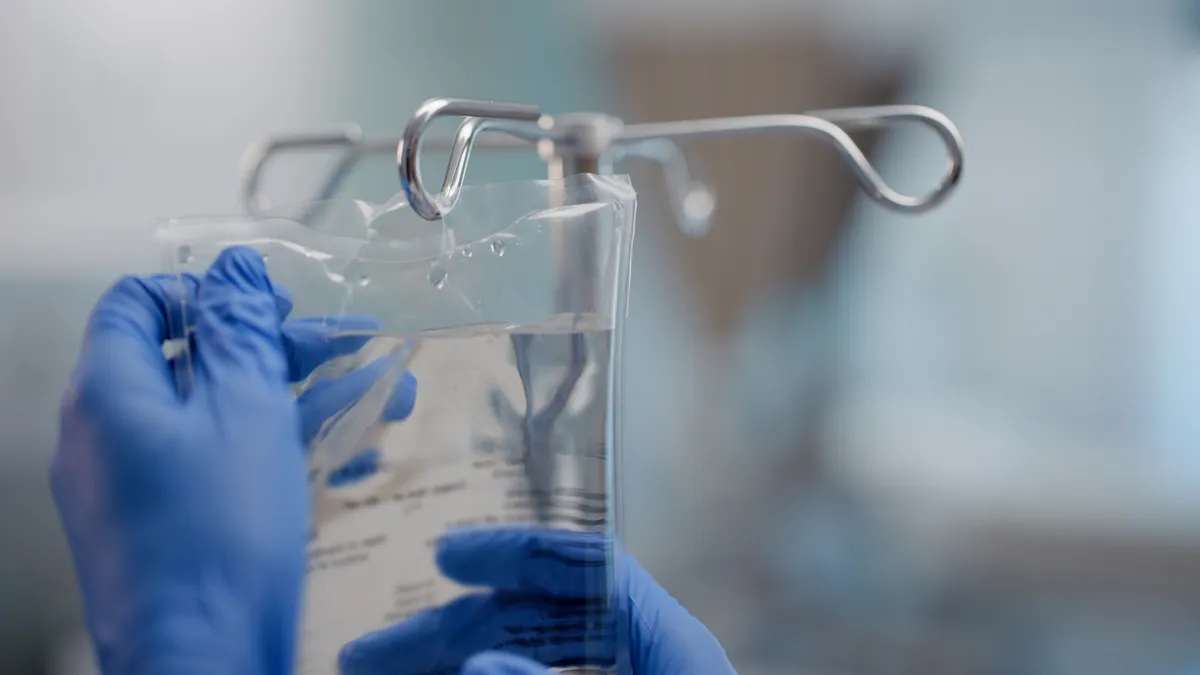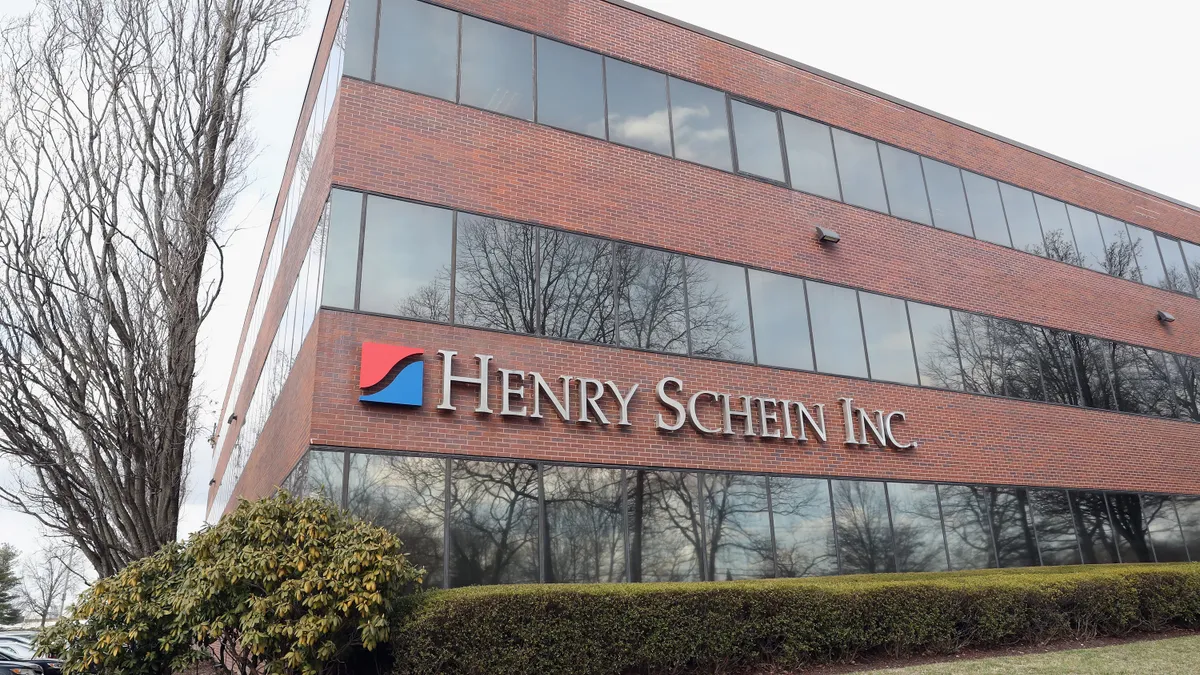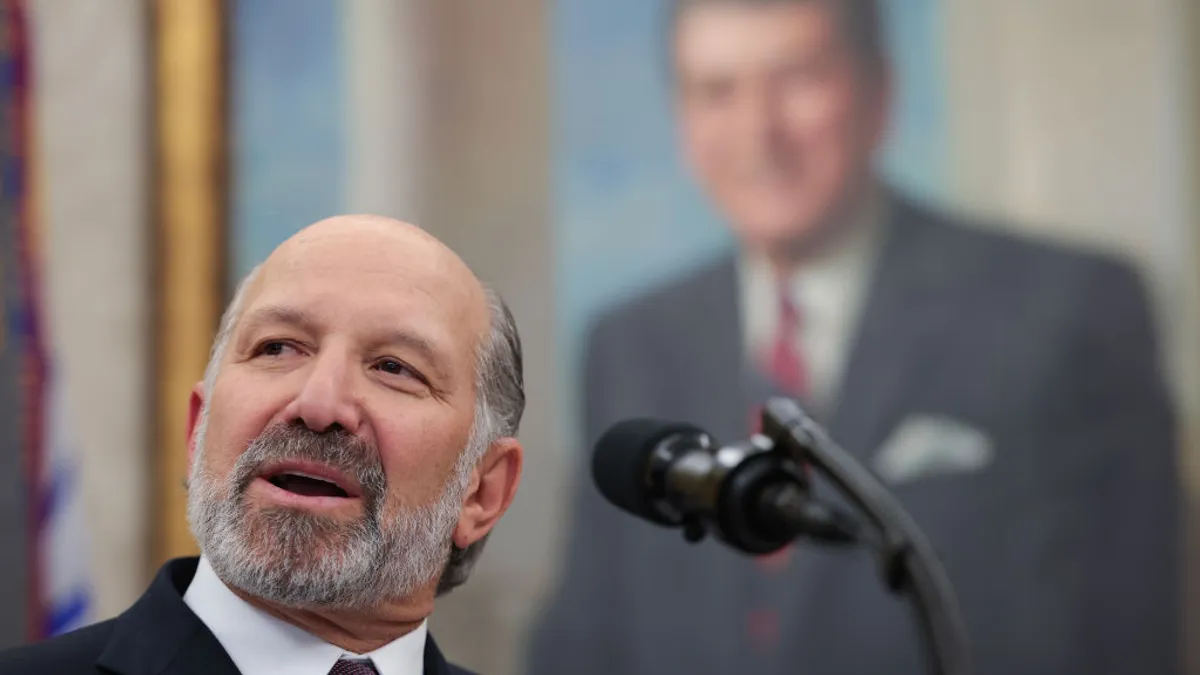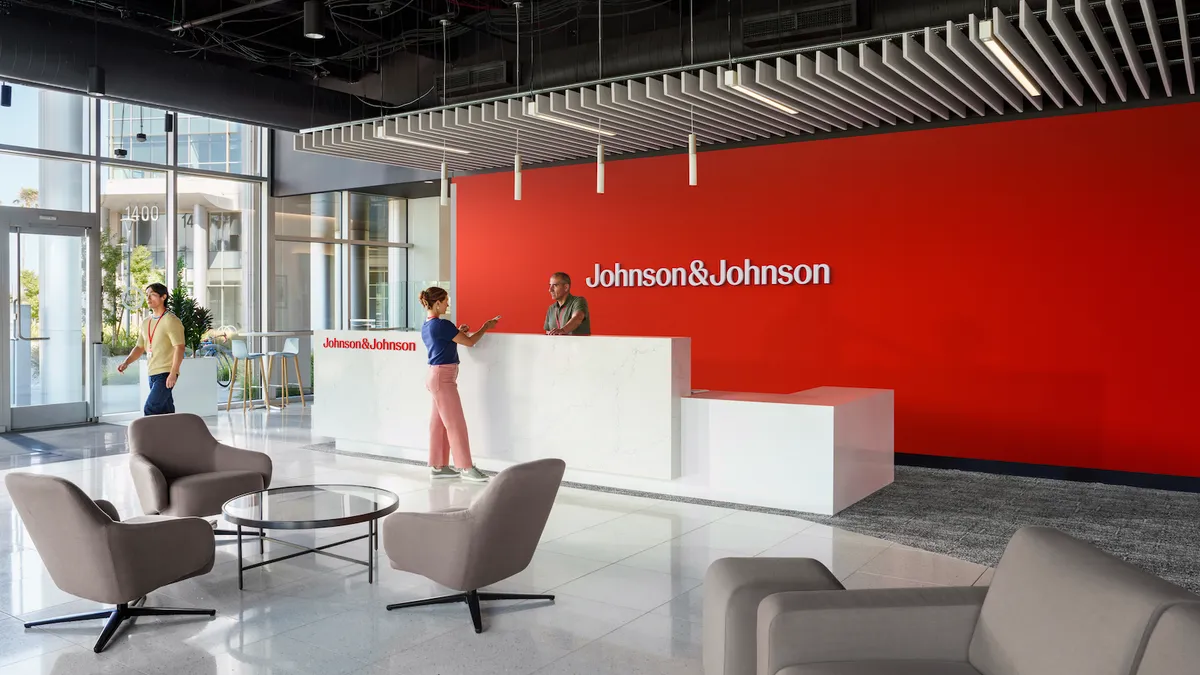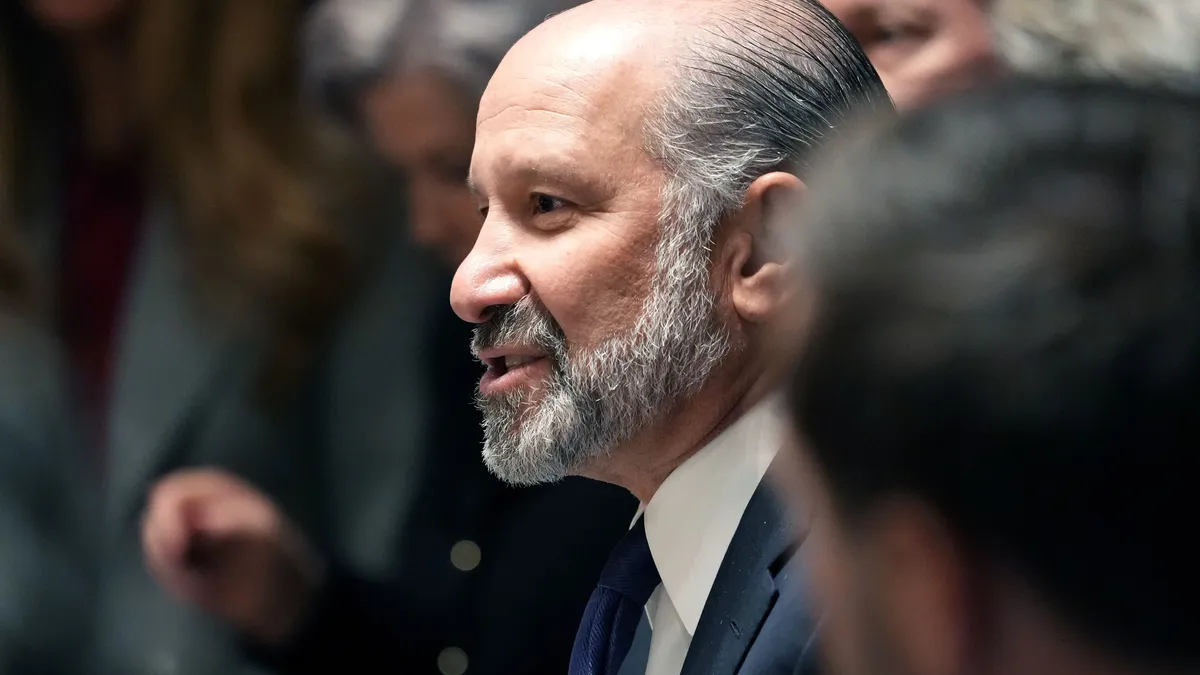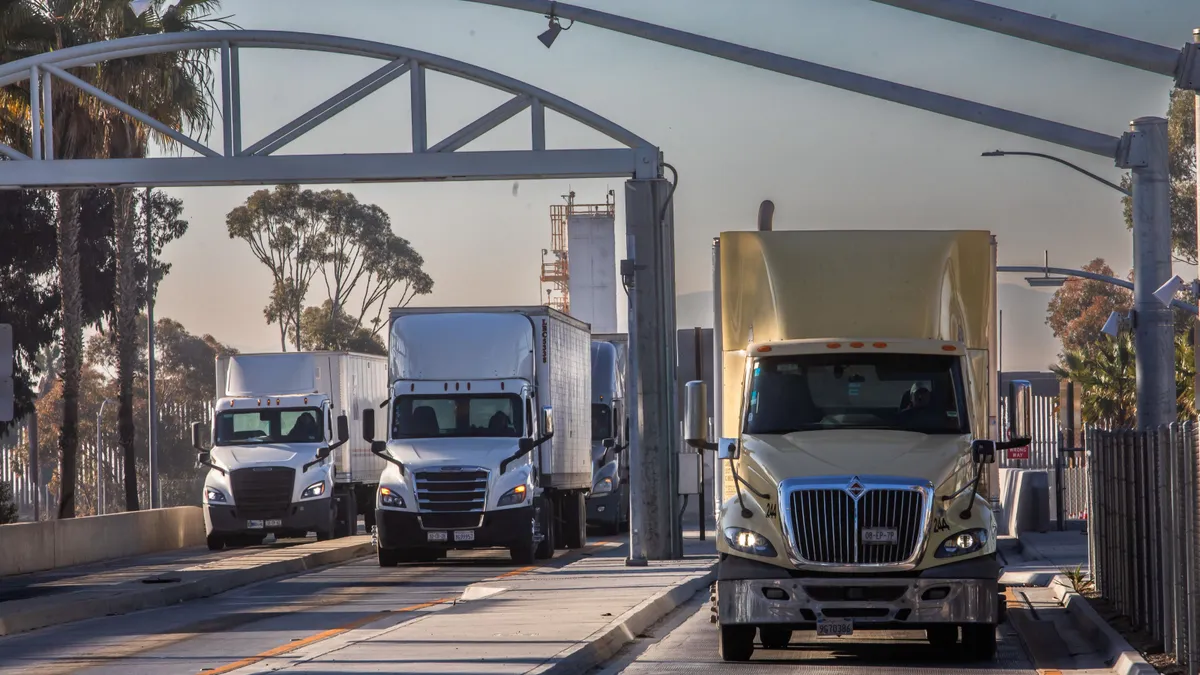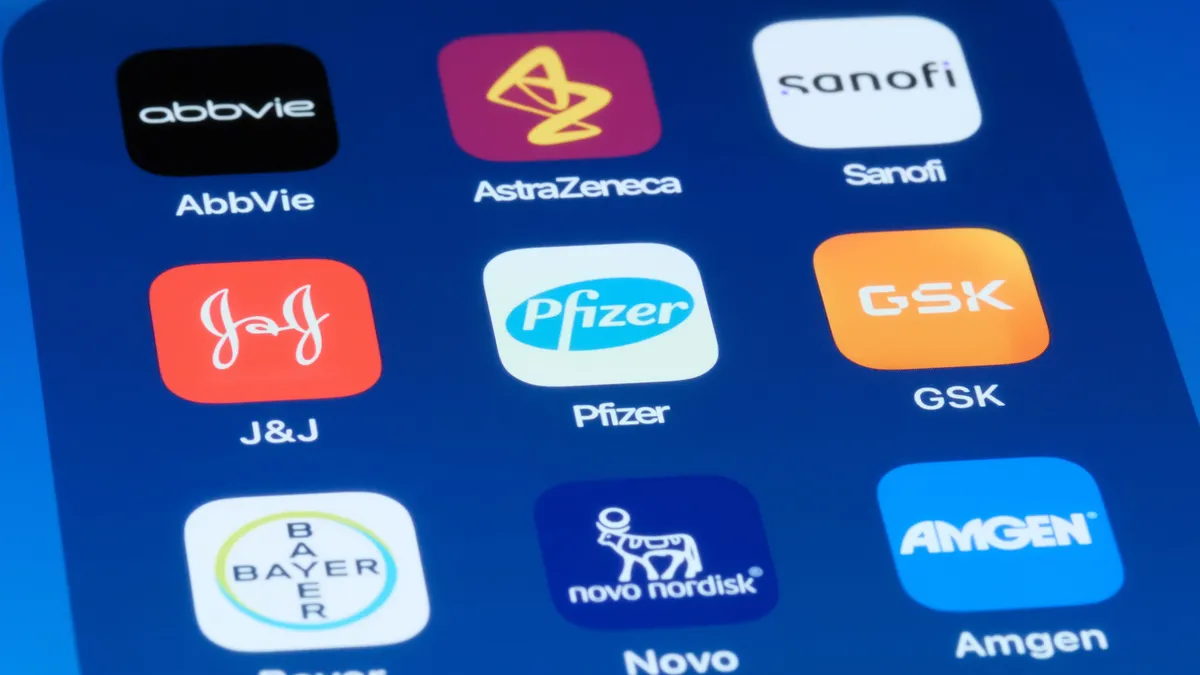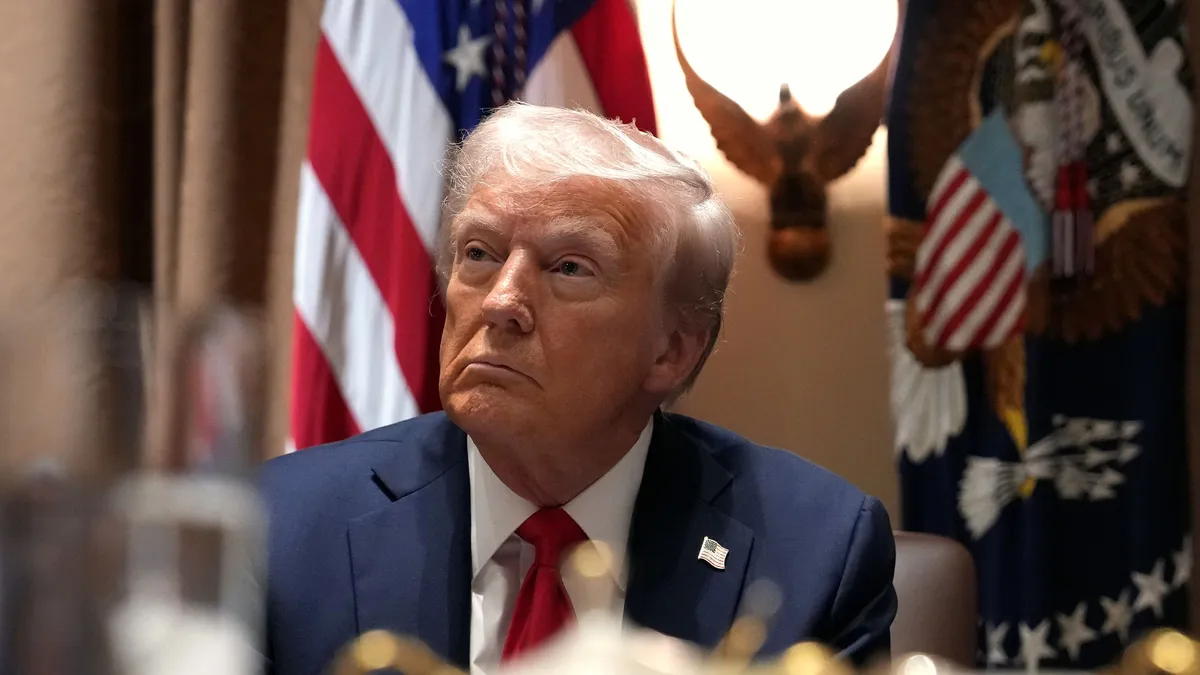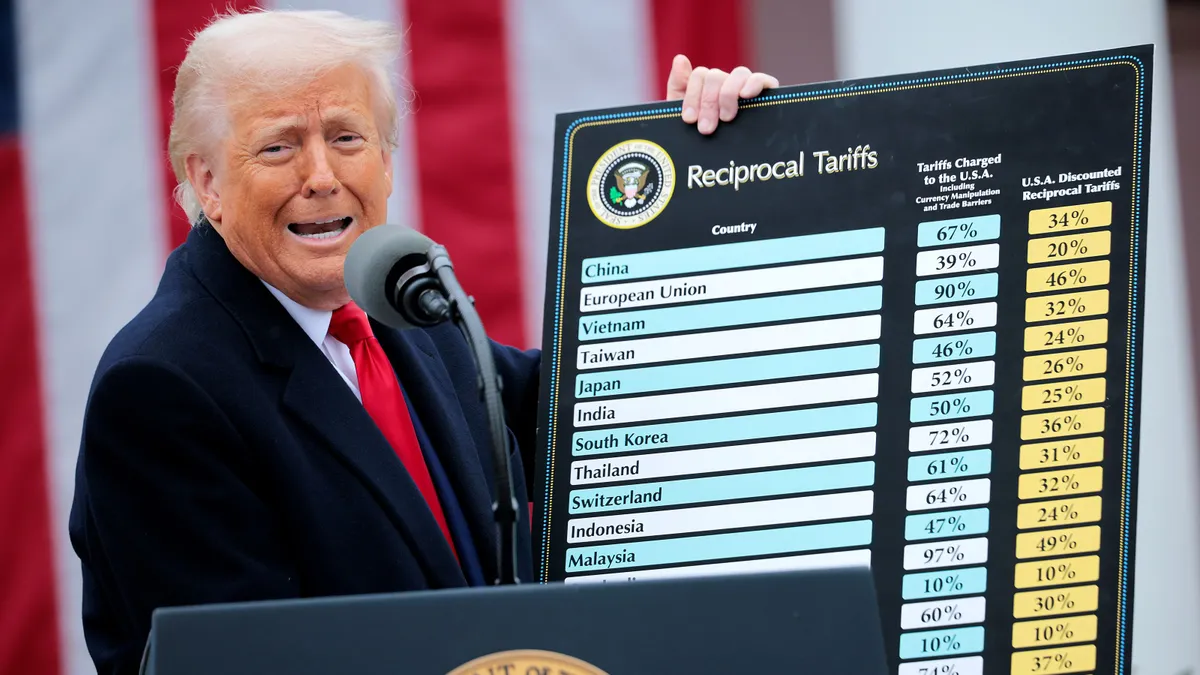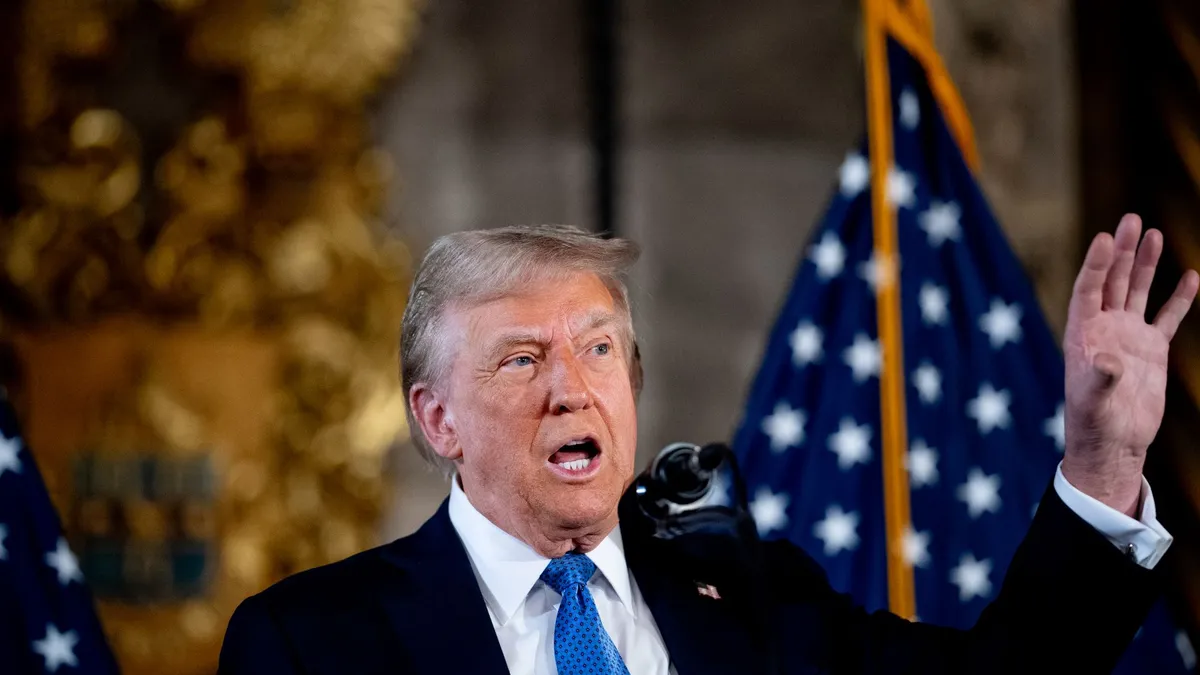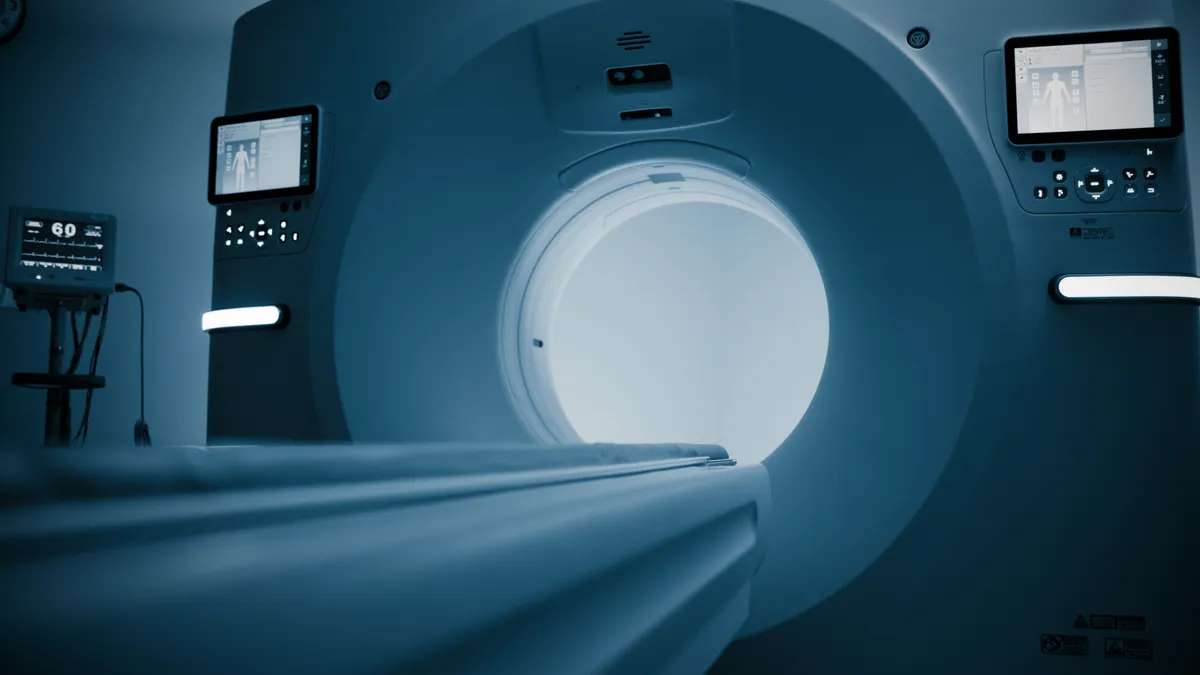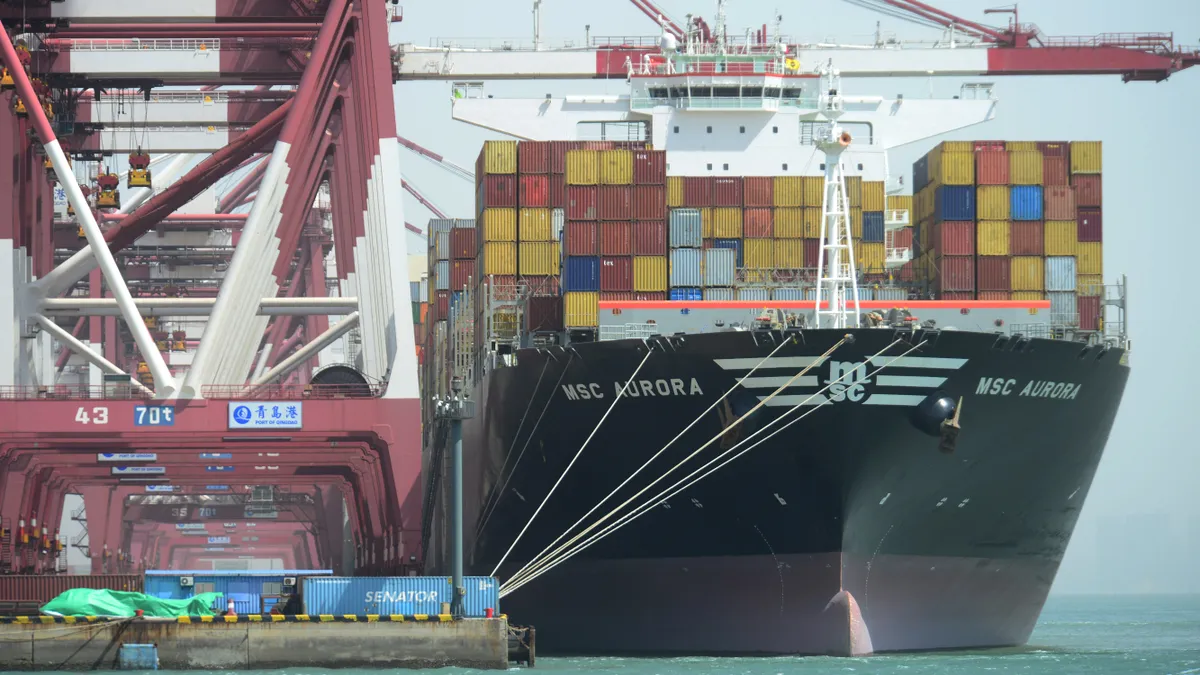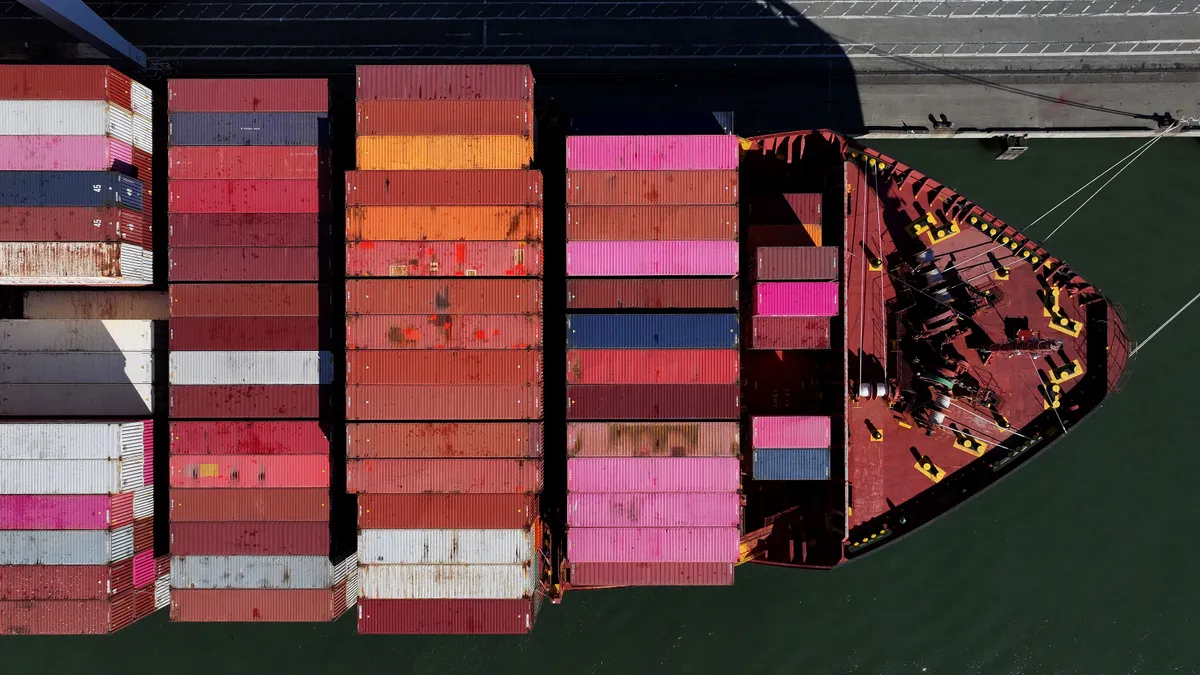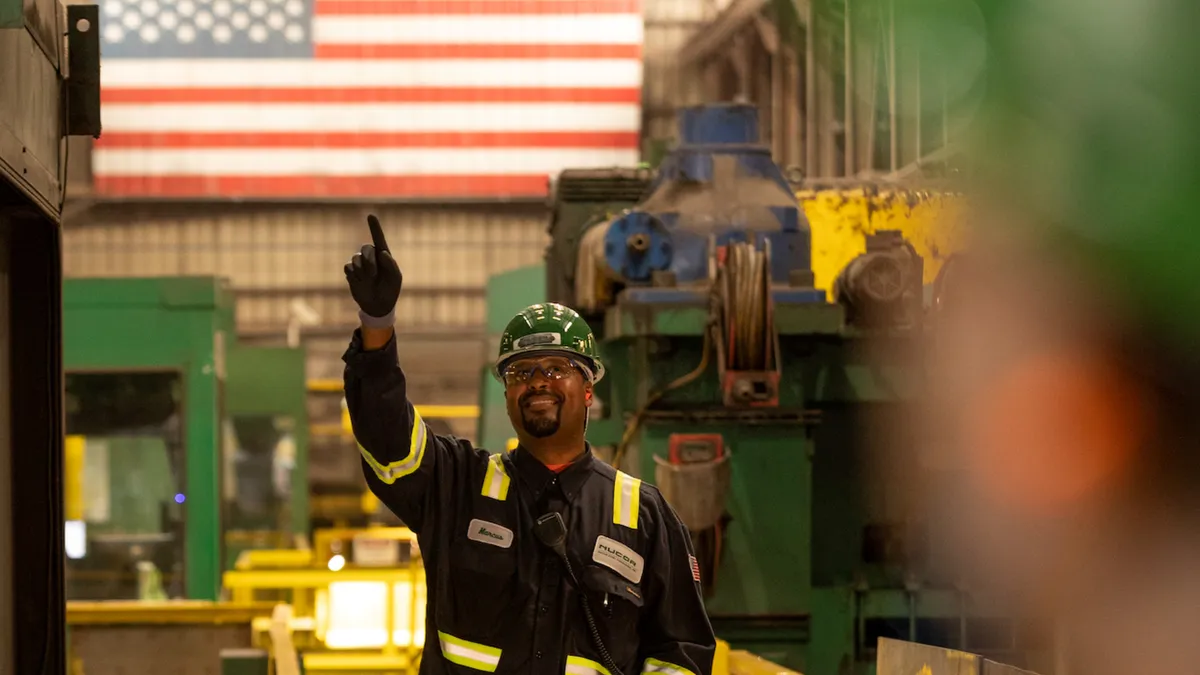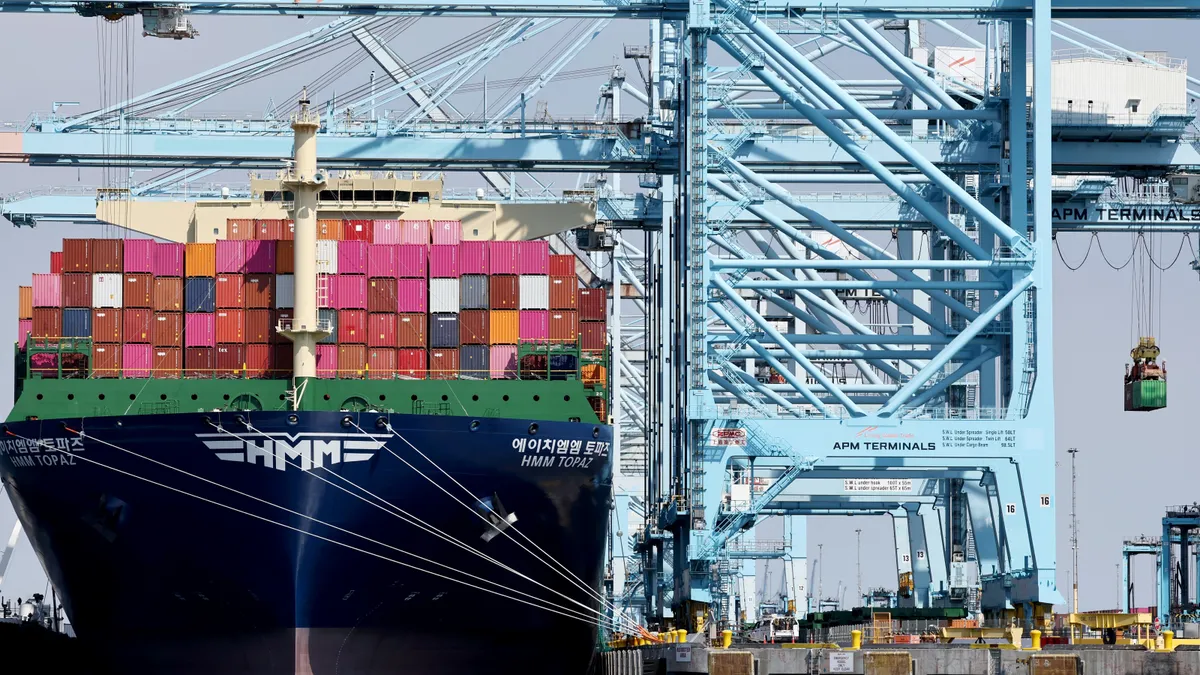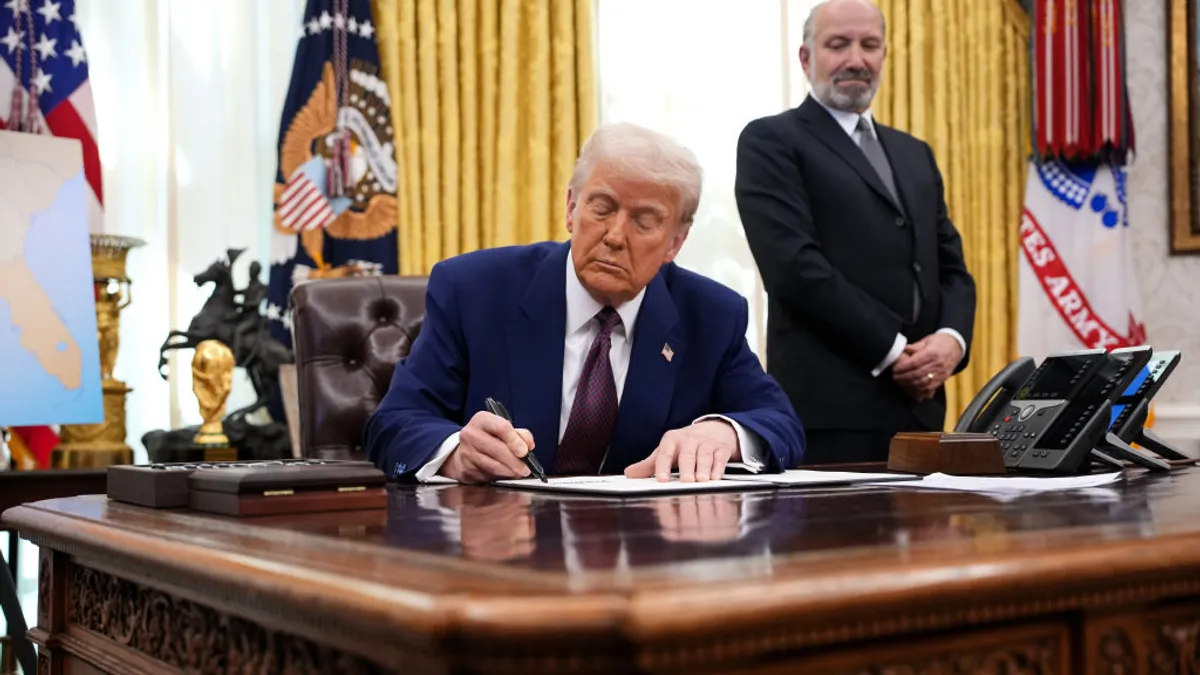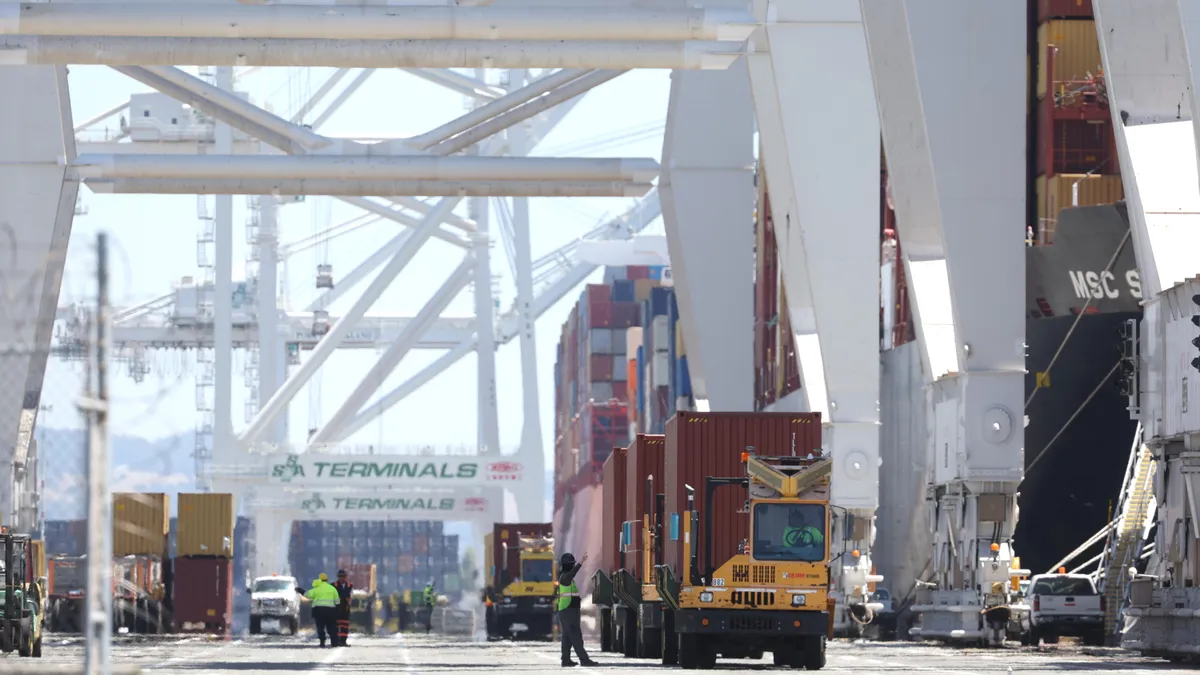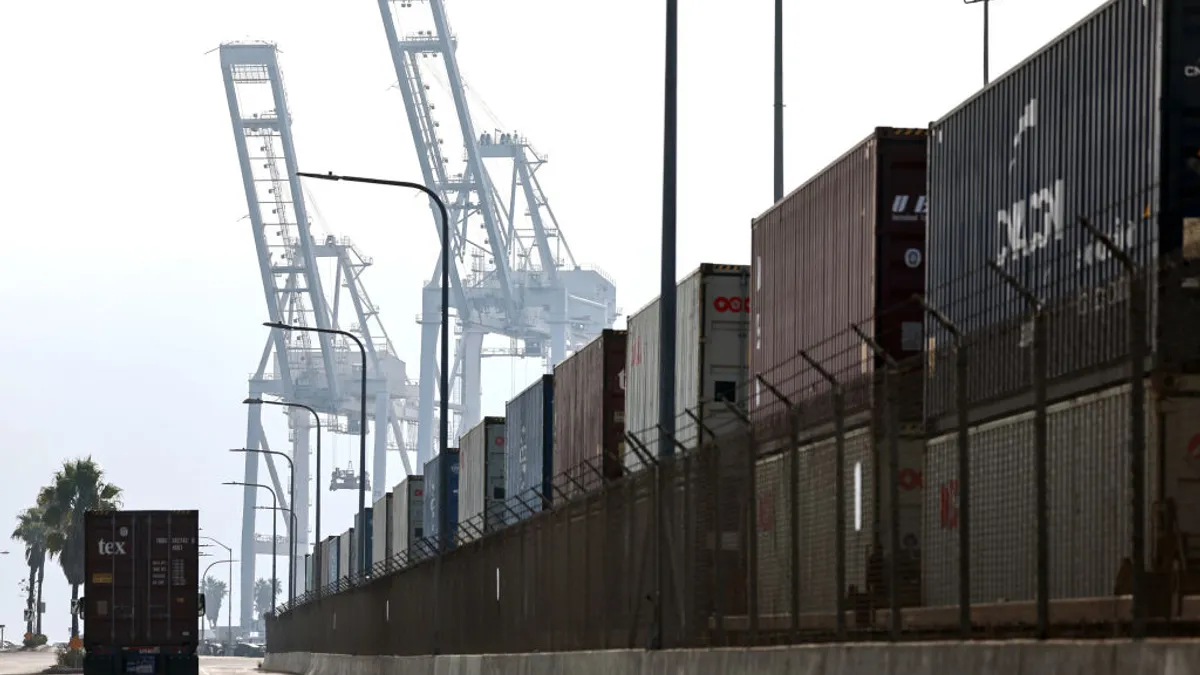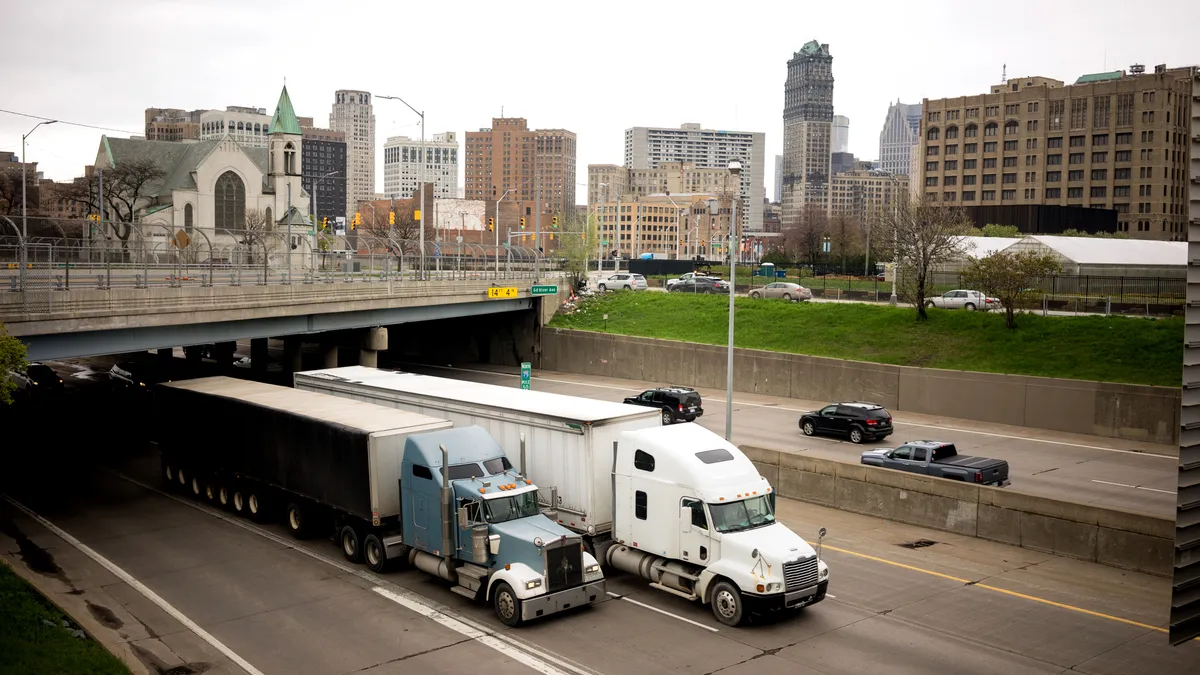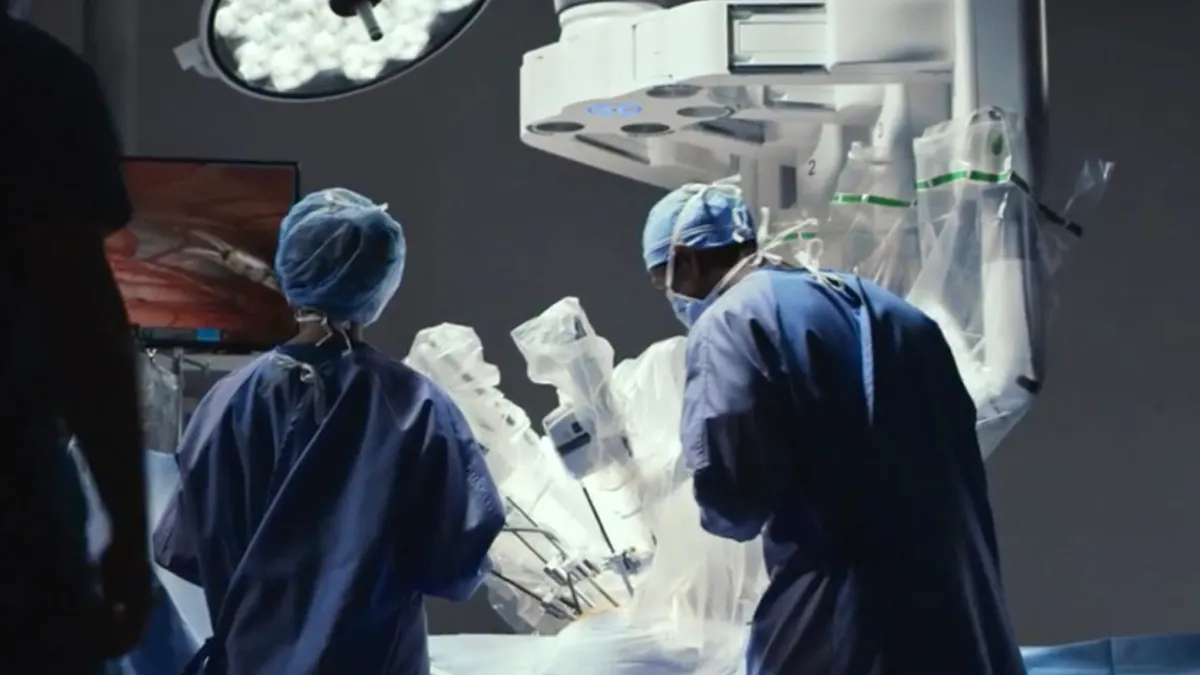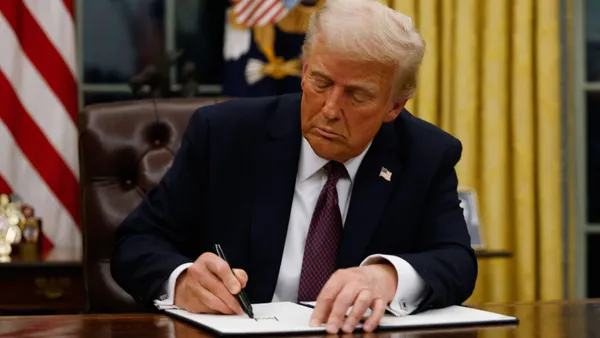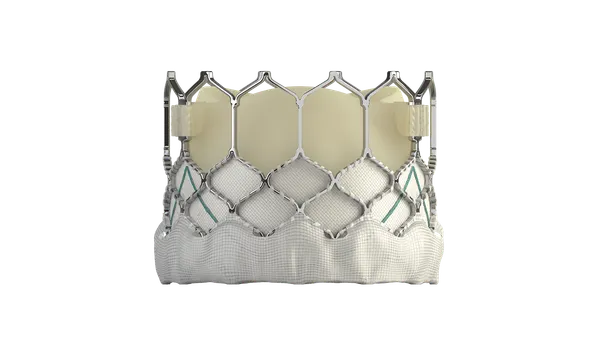Healthcare industry groups and analysts are reeling after President Donald Trump unveiled a sweeping tariff policy on Wednesday that could impact global supply chains for everything from needles and catheters to diagnostic tests and glucose sensors.
The policy adjustments include a universal baseline tariff of 10% effective April 5, and higher individual tariffs on some U.S. trading partners effective April 9. More levies, including pharmaceutical tariffs, could follow, the president said Wednesday.
The import taxes are set to impact a broad array of materials necessary for healthcare delivery, said Kevin Holloran, senior director and sector leader of the not-for-profit healthcare group at Fitch Ratings. Prices could rise for medical instruments, including syringes and diagnostic tools, and equipment, such as X-ray machines and personal protective equipment.
The inclusion of medical devices in the Trump tariffs stands “in stark contrast to the historical pattern of strategic exemptions of lifesaving and life-sustaining devices,” Morningstar analyst Debbie Wang wrote in a note published Thursday.
Meanwhile, Jefferies analysts said companies that make life science instruments and diagnostics will struggle to find safe havens for relocating manufacturing given the widespread nature of the tariffs, adding that companies with existing Mexico or Canada capacity are better off given the lack of new levies on those countries.
“If costs on these products [go] up, so do either fixed or variable expenses,” Fitch’s Holloran wrote over email. “Without the ability to pass these expenses along to the end user (due to being contractually locked in with most payers for a period of years), hospitals will see operating income levels drop commensurately without other cost savings yet to be determined, or other revenue sources yet to [be] initiated.”
The push for exemptions
The American Hospital Association, the nation’s largest provider lobbying group, unsuccessfully lobbied the Trump administration for months ahead of Wednesday’s announcement in efforts to secure carve-outs for medical supplies, arguing that many hospital supply chains could not easily be reshored. The AHA said that tariffs threatened the nation’s supply of “life-saving medications and supplies.”
On Thursday, the organization reiterated its call for exemptions, following requests from AdvaMed, one of the medical device industry’s largest trade groups, a day prior to exempt medtech companies from the tariffs.
The AHA shares the administration’s goal of strengthening the domestic supply chain; however, that goal needed to be balanced against avoiding disruptions to patient care, said Akin Demehin, vice president of quality and patient safety policy for the AHA.
“We appreciate that the Administration has exempted pharmaceuticals from reciprocal tariffs. At the same time, we recommend that the Administration consider tariff exemptions for medical devices,” Demehin said. “It is especially critical to have exceptions for medical products already in shortage and for which production in countries subject to the increased tariffs supply a significant part of the U.S. market.”
Renton, Washington-based Providence said the tariffs could cost the health system between $10 million and $25 million per year. CEO Erik Wexler urged the Trump administration to consider the AHA’s pleas for exemptions, noting that the healthcare supply chain is “fragile.”
“It is difficult to make critical decisions when it feels like every day could be different as we continue to go down these largely unchartered waters about the impact and implications for these tariffs.”

Mary Mayhew
President and CEO, Florida Hospital Association
“We saw this during the pandemic when masks, ventilators and other products were in dangerously short supply. More recently, the destruction of the Baxter facilities during last year’s hurricanes resulted in significant shortages of critical IV fluids,” Wexler said.
The executive added that the tariffs come amid concerns about potential cuts to Medicaid, warning the cumulative impact could “cripple” health systems and create a national emergency for care access.
Supply chain resiliency and diversification has already been top of mind for providers in recent months, after damage to a plant in Marion, North Carolina, during Hurricane Helene disrupted 60% of the nation’s IV solution supply.
However, Mary Mayhew, president and CEO of Florida Hospital Association, told Healthcare Dive that for most hospitals making changes to supply chains is a “no-win situation.”
“Given the challenging margins in healthcare, it isn't realistic to have… significant inventories that hospitals maintain — and sometimes it's simply not practical because of the shelf life,” Mayhew said.
She added that over the past several years, hospitals have been incentivized to buy supplies through group purchasing organizations, which can offer efficiencies through enhanced buying power, but undercut health systems’ ability to maneuver to new suppliers quickly or directly purchase from a new partner.
Medical group practices are also bracing for the economic impact of tariffs, according to Anders Gilberg, senior vice president of government affairs for the Medical Group Management Association.
Many practices are already struggling amid recent Medicare reimbursement cuts and multiple years of post-COVID inflation, according to Gilberg. He worries about practices’ ability to absorb further cost hikes.
“Physician practices rely on a global supply chain, yet their ability to pass on increased costs is almost non-existent,” Gilberg said. “The potential consequences of tariff-induced cost increases may be severe, especially for medical practices struggling to keep their doors open in an already challenging healthcare environment.”
Still, not all think the tariffs will have an immediate negative impact on providers. In a Friday note, J.P. Morgan analysts said that providers should have a bit of protection from the immediate negative effects of tariffs due to fixed priced contracting. A spokesperson for Northwell Health, for example, told Healthcare Dive via email that the system didn’t “expect to see the effects [of tariffs] for quite some time” due to existing contracts.
Notably, major provider stocks, including HCA Healthcare, Tenet Healthcare, Universal Health Services and Community Health Systems, were all trading Friday morning within a few percentage points of where they sat at market close Tuesday, indicating no immediate investor panic.
Diabetes tech vulnerable
Among medical device manufacturers, diabetes technology companies including Dexcom, Insulet and Tandem Diabetes appear to be bearing the brunt of the Trump administration’s tariffs across countries, said Morningstar’s Wang. Tandem may be the most vulnerable, she said, because it relies on components and manufacturing outside of the U.S.
Diabetes device makers also face considerable competition from European firms, including Roche and Ypsomed, and any reciprocal tariffs by Europe would further hurt U.S.-based competitors, Wang wrote.
Large cardiac and orthopedic device makers such as Boston Scientific, Edwards Lifesciences and Zimmer Biomet can be expected to shift manufacturing around to minimize the tariff impact, Wang said.
William Blair analysts emphasized that medical devices are essential to healthcare because many treat chronic and acute conditions. The impact on costs in the sector will become clearer in 2026 as companies renegotiate purchasing contracts, Margaret Kaczor Andrew said in a report.
Device makers, including Edwards and Medtronic, have begun providing details on the tariff impact at public conferences, said Kaczor Andrew, and most are suggesting a minimal effect on earnings. The longer-term outlook is difficult to predict, she added, due to questions about how long the tariffs will be sustained, whether there will be exclusions and how healthcare demand is affected.
Headed into the weekend, medtech companies and providers are considering their next moves in an uncertain environment.
FHA’s Mayhew said it is “difficult to make critical decisions when it feels like every day could be different as we continue to go down these largely unchartered waters about the impact and implications for these tariffs.”

